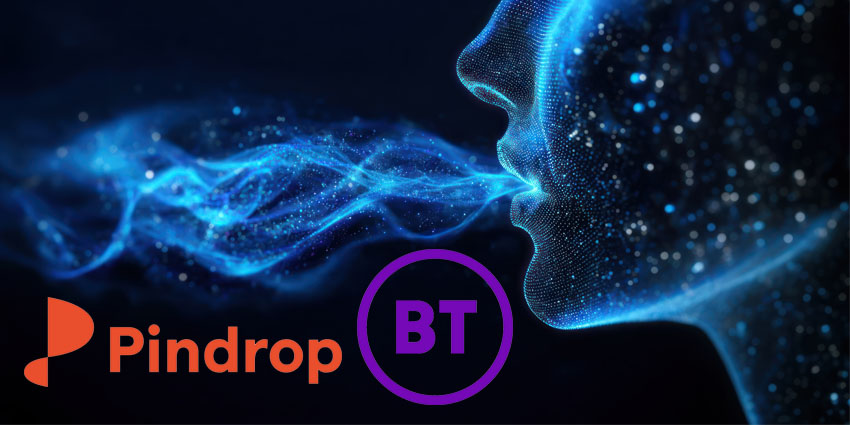In today’s digital workplace, emojis have become a staple of everyday communication.
From a simple thumbs up to confirm receipt of information, or sending a happy face to conclude a conversation, these colorful symbols add tone, emotion, and context to messages that otherwise suffer from a flat tone.
However, as businesses increasingly use their UC platforms like Microsoft Teams, Slack, and Zoom, to convey more business-related information, these seemingly harmless symbols are creating new compliance challenges for organizations, particularly those in regulated industries.
“As business communication increasingly shifts to digital platforms, regulators are recognizing emojis as part of formal corporate records, making it critical for organizations to monitor and manage their use”
Harriet Christie, COO at MirrorWeb, told UC Today.
What you previously might have disregarded as innocent visual shorthand can trigger regulatory concerns, create legal ambiguity, and complicate workplace conduct issues.
The Evolving Regulatory Landscape
The use of emojis in professional settings has caught the attention of regulatory bodies, who now consider these visual symbols as legally significant components of business communications.
“Emojis pose a compliance risk because they are highly subjective and can carry multiple meanings depending on context, sender, recipient, culture, and industry. Unlike text-based communication, which can be more explicitly defined, an emoji’s intent can be ambiguous,” Christie explained.
“For example, the fire emoji might be used to celebrate success in a casual chat, but in a financial trading context, it could indicate high-risk investments, potentially triggering regulatory concerns.”
This ambiguity creates significant challenges for compliance teams. As digital communication continues to evolve, regulators have begun treating emojis with the same level of scrutiny as traditional text messages.
In fact, regulatory bodies such as FINRA and the SEC now recognize emojis as part of formal corporate records.
“In 2023, a New York judge ruled that emojis in investment discussions could constitute financial advice, reinforcing their legal weight in compliance cases,” Christie revealed.
This precedent has intensified regulatory focus on emoji usage, particularly in financial services.
The financial sector faces particularly acute risks. “A financial trader using the rocket emoji and moon emoji in a Teams chat might be simply enthusiastic, or they could be hyping stocks to influence investors—raising concerns about market manipulation,” notes Christie.
Cross-Platform Challenges and Monitoring Limitations
One of the most significant challenges with emoji compliance stems from inconsistent rendering across different platforms.
“Emojis render differently across platforms, meaning the same emoji might appear visually distinct in Slack vs. Zoom vs. Teams. This can alter interpretation, making cross-platform compliance monitoring more challenging,”
Christie said.
What appears as a harmless symbol on one platform might carry different connotations on another.
This nuance may be lost depending on the rendering, and traditional compliance tools are ill-equipped to handle these challenges.
“Traditional keyword-based monitoring tools struggle with emojis because they lack the ability to interpret visual symbols in context,” Christie points out.
“Many systems flag text-based keywords but fail to recognize emojis’ role in altering intent such as reactions within conversation threads.”
These limitations extend to record-keeping and audit trails as well. Without proper monitoring of emoji usage, organizations face the risk of incomplete conversation context, loss of critical evidence, and potential regulatory penalties.
“Agencies like FINRA and the SEC increasingly recognize emojis as part of official business records, meaning gaps in emoji tracking could result in regulatory scrutiny or penalties,” Christie warned.
Best Practices for Managing Emoji Compliance Risk
Organizations must take proactive steps to manage the compliance risks associated with emoji use in business communications.
The first step and best step, according to Christie, starts with employees.
“To manage the risks associated with emoji use, organizations should educate employees on compliance concerns and establish clear guidelines on acceptable and prohibited emojis, such as restricting suggestive or misleading financial symbols,” Christie said.
Yet issuing an outright ban on emojis, although seemingly an easy thing to enforce, migth seem a bit draconian and even hamper communication.
Instead, Christie suggest that companies should focus on contextual monitoring.
“Companies should prioritize solutions that archive emojis in their original form and allow for contextual search, preserving the full picture of digital interactions,” she explained.
However, for companies in regulated industries, a more structured approach is necessary.
“Establish clear emoji usage policies that define which emojis are permissible, restricted, or prohibited based on compliance risks,” Christie explained.
This includes prohibiting emojis that could be misinterpreted in financial, legal, or HR-related conversations.
To do this, however, organizations should “train employees on how emojis can alter intent and potentially violate compliance rules” and “provide real-world examples of emoji-related compliance risks in financial trading, healthcare, and workplace conduct.”
Despite some compliance monitoring tools not being able to tackle the context of emoji use, some technology solutions can make the distinction.
“Advanced communications compliance solutions use AI-driven context analysis to detect emojis within full conversation threads, ensuring proper interpretation and regulatory adherence,” Christie said.
By implementing these best practices, organizations can continue to use emojis and keep conversations dynamic while mitigating the associated compliance risks.
Although what started out as a bit of fun, emojis have since evolved to be a lot more integral part of our communication landscape.
Trying to ignore their increasing use may prove futile, and so as language evolves, so too must our approach to monitoring and regulating these powerful visual symbols.
Have you ever experienced a company ban on use of emojis on your UC platform?
byu/Kris_The_UC_Scribe inuctoday







